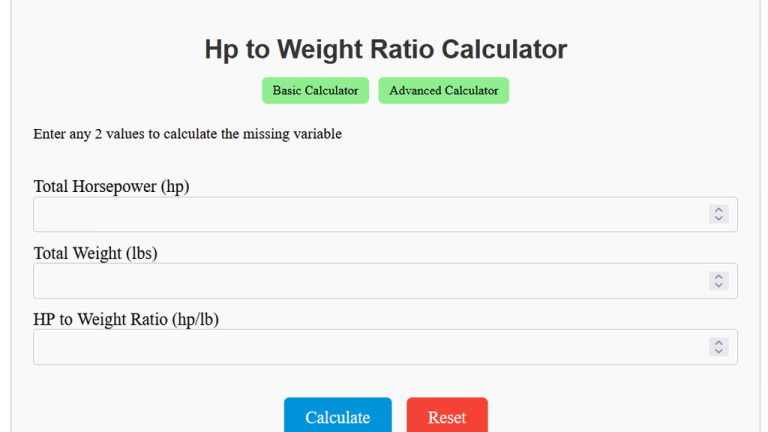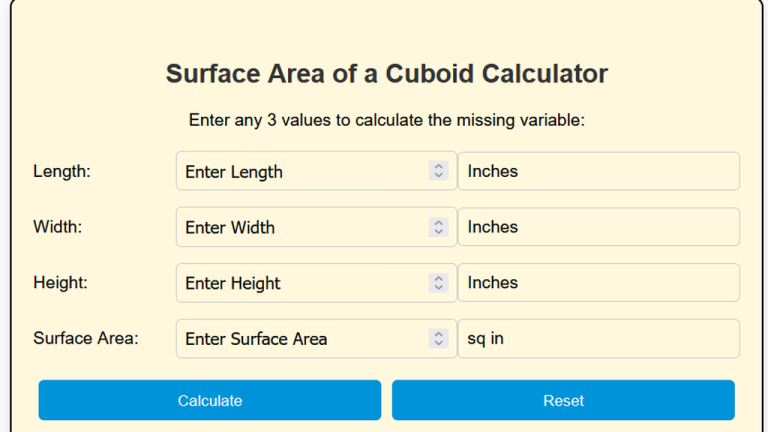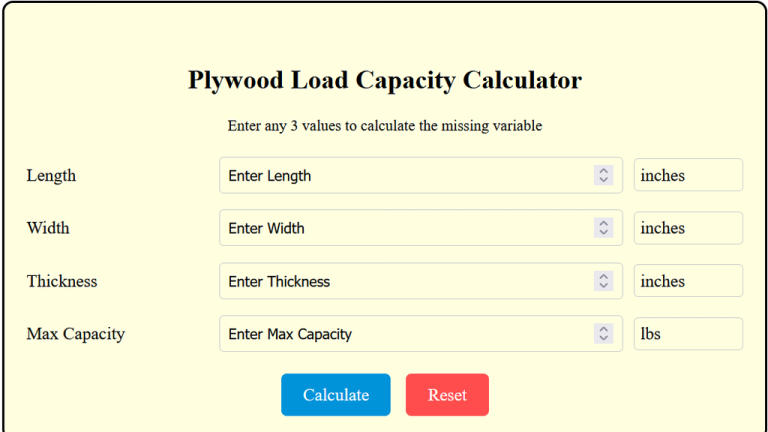Antecedent Precipitation Index Calculator
To calculate the Antecedent Precipitation Index (API), multiply the previous day’s API value by a decay factor kk, then add the precipitation (P) from the current day.
The Antecedent Precipitation Index (API) Calculator is used to estimate soil moisture conditions based on recent precipitation. This index is widely used in hydrology to assess flood potential and to understand how much rainfall has accumulated over time.
API accounts for precipitation over previous days, allowing engineers and meteorologists to predict water runoff and plan water management accordingly. The formula takes into consideration past API values and current precipitation.
Formula:
| Variable | Description |
|---|---|
| API | Antecedent Precipitation Index (current day) |
| API_prev | Antecedent Precipitation Index (previous day) |
| k | Decay factor (typically between 0 and 1) |
| P | Precipitation (current day, in mm or inches) |
Solved Calculation:
Example 1:
| Step | Calculation |
|---|---|
| Previous Day API (API_prev) | 10 mm |
| Decay Factor (k) | 0.9 |
| Precipitation (P) | 5 mm |
| API Calculation | |
| Result | 14 mm |
Answer: The Antecedent Precipitation Index for the current day is 14 mm.
Example 2:
| Step | Calculation |
|---|---|
| Previous Day API (API_prev) | 15 mm |
| Decay Factor (k) | 0.8 |
| Precipitation (P) | 10 mm |
| API Calculation | |
| Result | 22 mm |
Answer: The Antecedent Precipitation Index for the current day is 22 mm.
What is Antecedent Precipitation Index Calculator?
The Antecedent Precipitation Index (API) Calculator helps in assessing soil moisture by estimating the influence of previous rainfall on current conditions. The API is a useful tool in hydrology and agriculture to predict runoff, flooding potential, and soil moisture content.
The API gives higher weight to recent rainfall and lower weight to older rainfall. You can use tools like the antecedent precipitation index calculator in Excel or app versions to simplify these calculations. These calculators allow users to input daily precipitation values and automatically compute the index.
Final Words:
For more advanced analysis, the standardized precipitation index (SPI) can also be calculated, which provides a statistical measure of precipitation anomaly relative to historical averages. SPI calculators and step-by-step methods in Excel allow you to compute this for different time scales, which can help assess drought or wet conditions.





